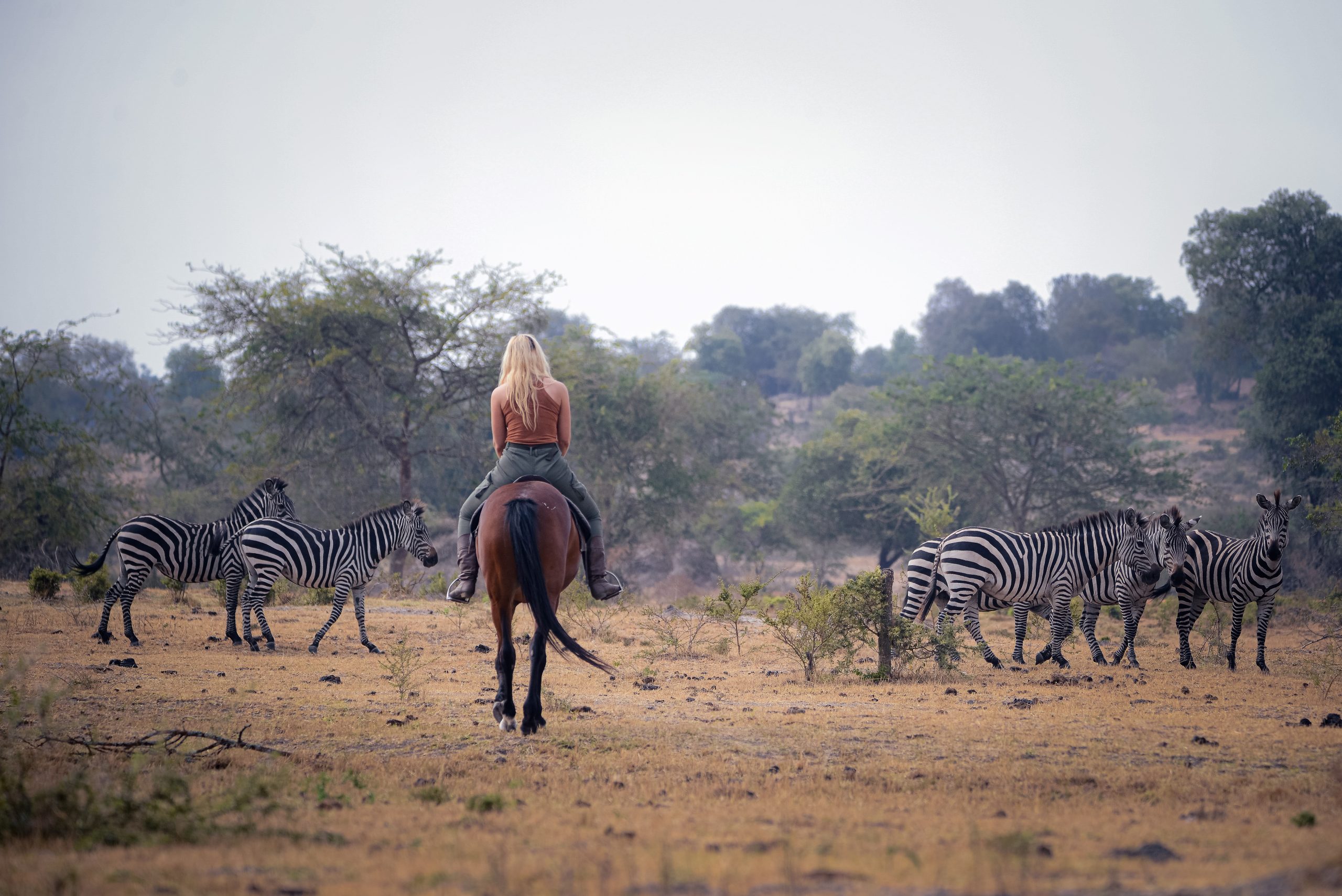Exploring the Rich Biodiversity of Lake Mburo National Park
Lake Mburo National Park, nestled in the heart of Uganda, is a gem that showcases the country’s incredible biodiversity. Spanning an area of 370 square kilometers, this National Park is named after Lake Mburo, one of its prominent features. The park is renowned for its diverse ecosystems, ranging from open savannahs to acacia woodlands and lush wetlands. This diversity sustains a wide array of flora and fauna, making Lake Mburo National Park a haven for nature enthusiasts and conservationists alike.
Flora Diversity:
Lake Mburo National Park is home to a remarkable variety of plant species. The park’s vegetation includes acacia woodlands, savannahs, grasslands, and seasonal wetlands. Acacia trees dominate the landscape, providing vital shade and sustenance for various herbivores. The park’s diverse flora supports a delicate ecological balance, contributing to the overall health of the ecosystem.
Wildlife Diversity:
The park is celebrated for its rich wildlife population, with over 68 mammal species and 315 bird species recorded. Lake Mburo National Park is one of the few places in Uganda where visitors can spot the majestic Burchell’s zebra, which roams freely in the open grasslands. Other prominent herbivores include impalas, topis, buffaloes, and warthogs.
Predators such as leopards and hyenas inhabit the park, maintaining a natural equilibrium in the food chain. The park’s birdlife is equally impressive, with numerous species of water birds, including the African fish eagle, marabou stork, and the rare shoebill stork, which can be spotted around Lake Mburo.
Reptiles and Amphibians:
Lake Mburo National Park is also a haven for reptiles and amphibians. The park’s wetlands provide a suitable habitat for various species of frogs and toads, while reptiles such as Nile crocodiles and monitor lizards are commonly sighted around the lake and its shores. The park’s reptilian and amphibian residents play a crucial role in maintaining the ecological balance within the park.
Conservation Efforts: – Lake Mburo National Park Biodiversity
The diverse ecosystems of Lake Mburo National Park face threats from human activities, climate change, and poaching. Conservation efforts, led by the Uganda Wildlife Authority, aim to mitigate these challenges and ensure the long-term survival of the park’s biodiversity. Community involvement, sustainable tourism practices, and anti-poaching initiatives contribute to the ongoing conservation endeavors.
Visitor Experience: – Lake Mburo National Park Biodiversity
Lake Mburo National Park offers visitors a unique and immersive experience with nature. Game drives, nature walks, and boat safaris provide opportunities to witness the diverse flora and fauna up close. The park’s strategic location near major towns makes it easily accessible for both domestic and international tourists, contributing to the local economy while promoting the importance of conservation.
Conclusion and Final Remarks – Lake Mburo National Park Biodiversity
Lake Mburo National Park stands as a testament to Uganda’s commitment to preserving its natural heritage. The park’s rich biodiversity, diverse ecosystems, and conservation initiatives make it a model for sustainable wildlife management. As visitors explore the landscapes and encounter the fascinating wildlife, Lake Mburo National Park leaves an indelible impression, fostering a deeper appreciation for the delicate balance of nature.








